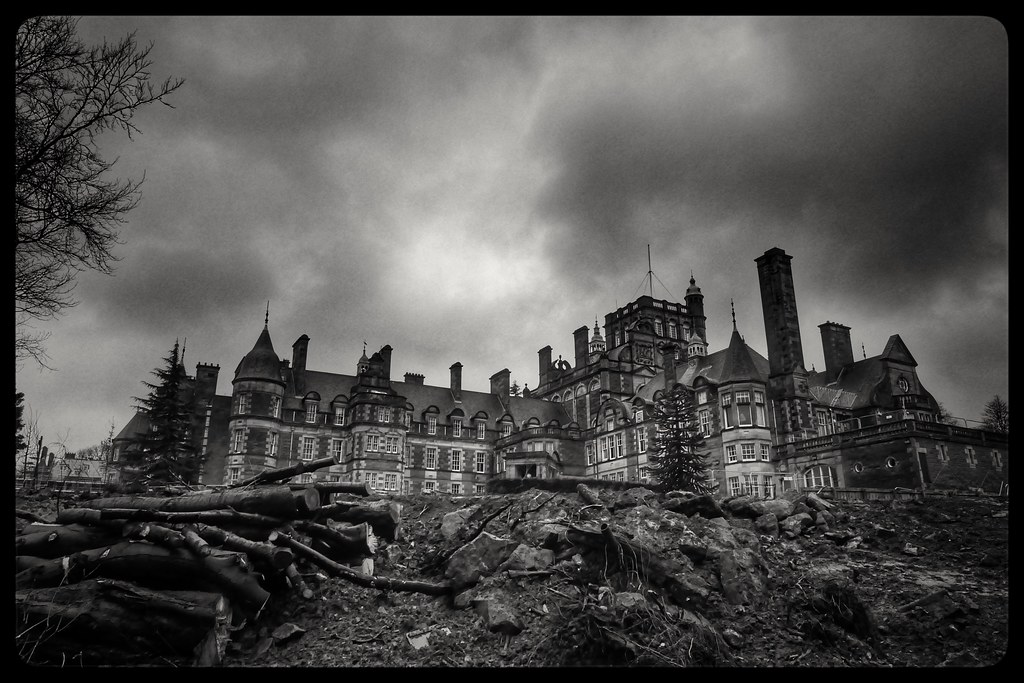Craiglockhart, Edinburgh

In 1917, Wilfred Owen was sent to Craiglockhart War Hospital in Edinburgh to recover from the psychological toll of trench warfare. But the hospital became more than a space for medical treatment... it was a strange kind of sanctuary for soldiers who could no longer speak the language of patriotism. Here, Owen met Siegfried Sassoon, whose influence helped him turn fear and grief into poetry. These weren’t poems for glory, but for reckoning. Together, they contructed the Edinburgh Poems. Recently, the poetry written by both parties in Craiglockhart was drafted into a single edition and published in 2022. The hospital walls bore witness to art born not of peace, but of rupture. Owen began to write against everything war had tried to silence, not with rage, but with clarity. This location doesn't mark recovery in the usual sense; it marks the beginning of an artistic awakening that dared to speak within the system that broke him.
Photo: "Craiglockhart" by marsupium photography is licensed under CC BY-SA 2.0.
Annotations: www.bbc.com/news/uk-scotland-edinburgh-east-fife-67281178
Coordinates
Longitude: -3.235818000000

